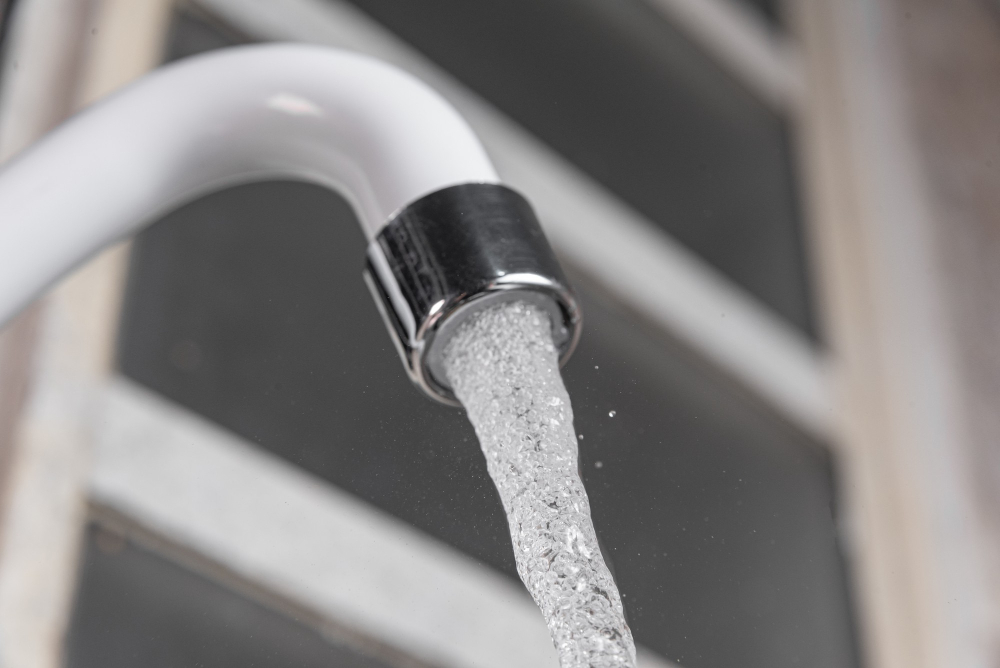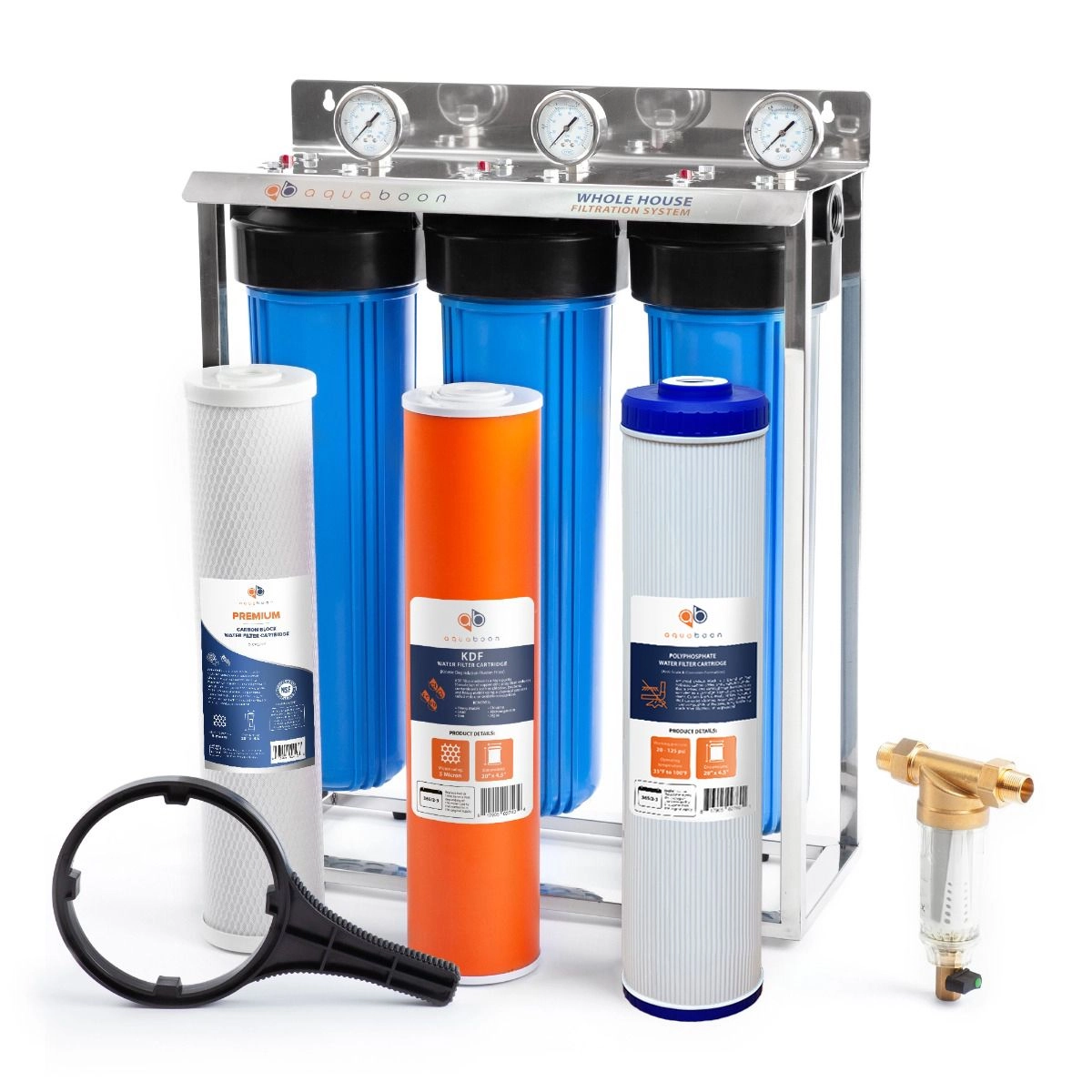Ensuring access to clean and safe drinking water is an escalating global task, with over 2 billion individuals living in water-stressed countries. While lawmakers grapple with this burgeoning issue, you must take a hands-on approach to safeguard your family's health. You need to test the purity of water regularly to ensure that it’s safe. Neglecting this vital step could potentially expose your family to diseases such as cholera, diarrhea, dysentery, or worse!
To provide more insight, in this article, we will go deeper, discussing the importance of water quality, the benefits of testing frequently, the right testing methods, and how you can interpret your test results.
Understanding Water Quality
Water quality refers to the chemical, physical, and biological features based on the criteria of its usage. It is often used by reference to certain standards against which compliance, generally achieved through treatment, can be assessed. But why is the quality of water important? Like the food we eat, the quality of the H2O we drink directly affects our health and overall well-being.
Unfortunately, there are common contaminants that pollute the supply line, including bacteria, lead, pesticides, and heavy metals, and when consumed, cause several health issues over time.
To reduce the exposure of your household to these contaminants, you should imbibe the culture of proactive testing. This will help you identify potential issues and take measures to ensure purification.
The Benefits of Regular Water
Let’s now answer the question: Why is water quality testing important?
Testing H2O quality regularly is essential for various reasons, like ensuring the prevention of potential health hazards related to H2O contamination. Then you can address any issues, eliminate the potential cause of contamination, and take the appropriate approach with your treatment system.
This proactive approach helps in preventing waterborne diseases, gastrointestinal illnesses, reproductive problems, and neurological disorders. It will also safeguard infants, young children, pregnant women, the elderly, and people with weakened immune systems, especially as they are more at risk for illness.
Then there’s the unrivaled peace of mind from knowing that there are no impurities lurking in your drinking water and your household is safe from any water-borne diseases. But how is water tested for quality? Let’s see…
Testing Methods and Frequency
Regardless of your location or the source H2O testing is always a smart choice. Fortunately, there are different methods of testing H2O quality, including DIY test kits, professional laboratory testing, and certified quality reports.
DIY test kits are affordable and easy to use, and they come with guides that demonstrate how to check water quality at home. They are perfect for simple checks like pH, chlorine, or TDS levels. On the other hand, professional laboratory testing offers a more comprehensive analysis of complex contaminants, including water bacteriology tests. It also provides more accurate results for your water.
There are also certified Customer Confidence Reports curated once a year to summarize water quality. However, the data is limited and only provides an average of H2O quality that leaves the treatment plant—not your tap. So, it doesn’t consider or report contaminants that may be introduced along the miles of underground plumbing.
Though it is advisable to test once a year, realistically, the frequency of testing depends on various factors, including potential contaminants, regulatory guidelines, and the source of your water. For instance, if you rely on a private well as your source, more frequent bacterial testing of water is necessary to ensure ongoing safety.
Interpreting Water Test Results
After water chemical tests, interpreting the results may be challenging, especially if you do not understand the acceptable levels. So, if you test for the necessary drinking water test parameters like pH, TDS, hardness, chlorides, and other specific contaminants, you should interpret these results correctly to evaluate the overall quality of your water.
pH level: A result of 6.5 to 8.5 is acceptable, as a lower pH will cause pitting of pipes and fixtures and a metallic taste, while with a high pH, the H2O will have a slippery feel or soda taste.
Total Dissolved Solids (TDS): this indicates dissolved minerals, like iron or manganese, and hardness from scaly deposits. A result of 500 mg/L is acceptable. Higher TDS causes staining or a salty, bitter taste.
Chlorides: Chemical water tests of chlorides with results of 250 mg/L are acceptable. Higher concentrations cause a salty or brackish taste, corrosion, and blackening of stainless steel
Coliform Bacteria: Indicates possible bacterial or viral contamination. An acceptable limit is < 1 coliform/100mL.
Hardness: It is soft if, after analysing water samples the result below 3.5 Grains per Gallon (gpg), is less than 60 (mg/L). For 3.5 to 7.0 (gpg), a hardness score of 60 to 120 (mg/L) is moderately hard. Higher concentrations indicate significant amounts of dissolved calcium and magnesium. So, consider softening hard water to prevent mineral buildup on plumbing fixtures and poor lathering with soap and or detergent.
Lead: A result of 15 ppb is acceptable. However, if the concentration is higher, get a filter for lead in water to prevent nervous disorders and mental impairment, especially in fetuses, infants, and young children; kidney damage; blood disorders and hypertension; low birth weights.
If you still have any questions on analyzing water quality or require further clarifications on how to determine water quality, consult professionals to interpret and explain your results.
Addressing Water Quality Issues
Your test results may indicate a harmful percentage of contaminants or potential issues with your water. In any case, you must take the right steps toward addressing the contamination. These appropriate steps will depend on the kind of contaminants identified.
For example, a reverse osmosis filtration system will take care of high TDS results as well as other harmful impurities while water filters for sand will extract sediments and improve the quality of your drinking water. There are other options like disinfection methods, such as UV treatment or chlorine disinfection, to help eliminate harmful bacteria (like Coliform) and viruses.
After chemical tests on water, you may have to seek plumbing repairs to change rusted pipes and fix challenges like lead contamination. Consider seeking professional advice to ensure you choose the most suitable and effective remediation measures tailored to your specific situation.
Additional Water Quality Tips
Maintaining good H2O quality goes beyond testing and addressing issues. There are some additional tips to help you maintain high-quality water, including:
- Regular maintenance of treatment systems: Follow the manufacturer's instructions for maintaining, servicing, and replacing your treatment systems.
- Proper disposal of hazardous substances: Dispose of hazardous substances like chemicals and medications appropriately, as recommended by local authorities.
- Protecting sources: Whether you have a private well or access to underground reservoirs, take measures to protect and maintain these sources from potential contamination.
- Responsible usage and conservation: Conserve H2O and use it responsibly. Avoid wasteful practices such as leaving taps running unnecessarily to reduce the strain on resources.



















